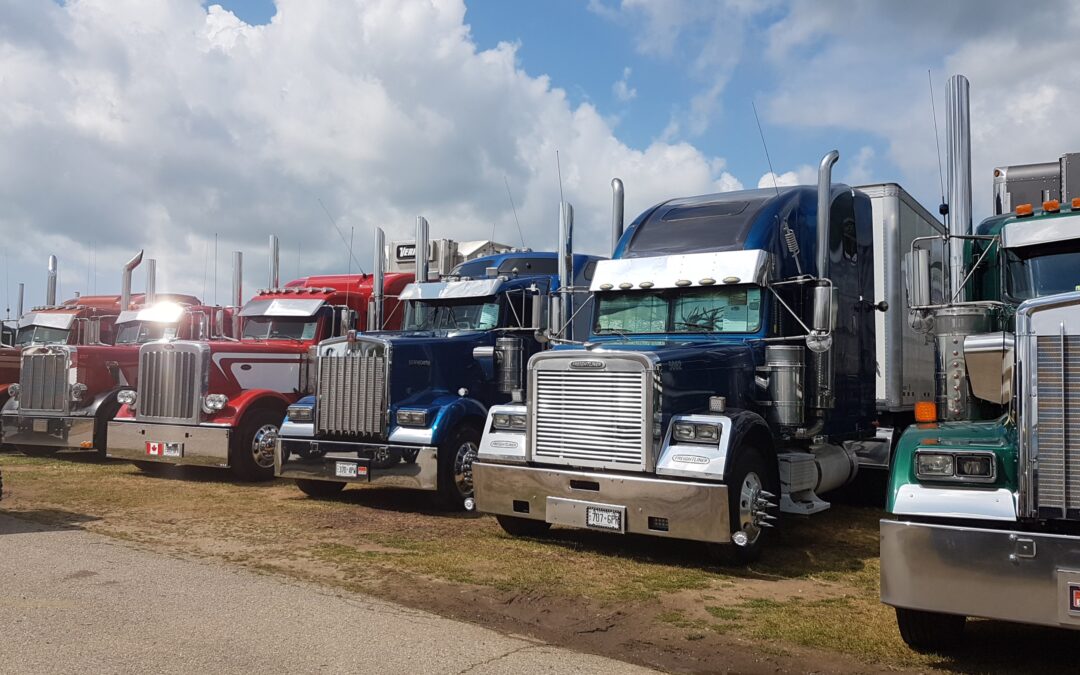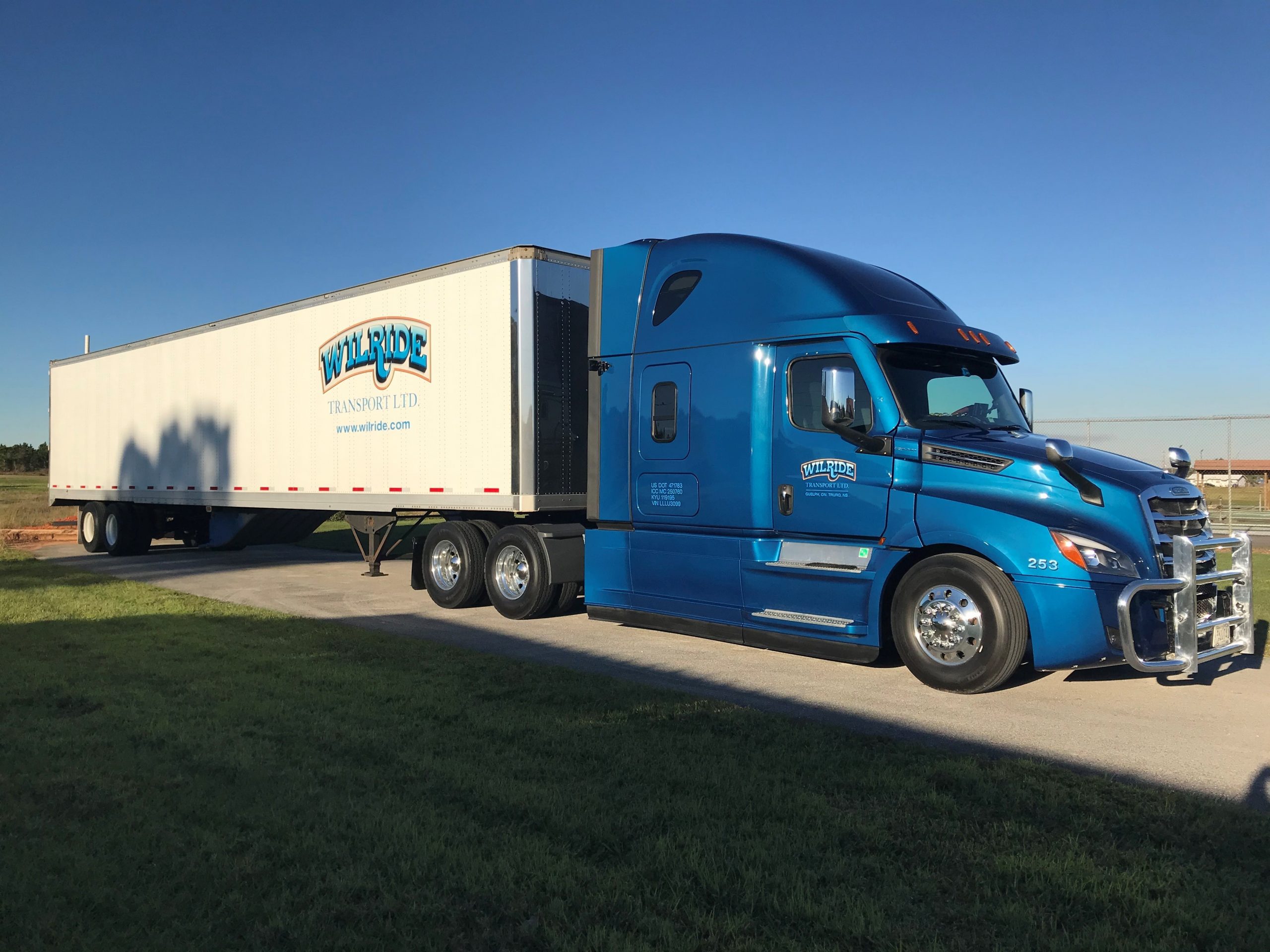
by wtfcanada2015@gmail.com | Jul 27, 2025 | BLOG
Ontario’s Roadway Crisis: Summer 2025 Wake-Up Call
Ontario’s roads have claimed too many lives this summer. Across the province, a recent two-week surge of deadly collisions, motorcycle tragedies, head-on crashes on our busiest highways, and at-fault truck incidents paints a grim and urgent picture.
You never know whose life you’ll change with a single glance. Last summer, paramedic Alisha raced against the clock to save a motorcyclist pinned beneath a pickup truck. She arrived to find him conscious but slipping fast every second mattered. Stories like this unfold on our highways daily, reminding us that speed, distraction, or one missed look can shatter families in an instant.
It’s time for a new kind of road pact one where each of us pledges to act before the crash happens. When you commit to that extra “second look,” you’re more than a driver; you’re someone’s guardian angel.
Fatalities by the Numbers
In 2023, Ontario recorded 812 road-user fatalities, a 6 % rise over 2022.
- Pedestrians accounted for 35 % of those losses.
- Bicyclists and motorcyclists made up 18 %.
- Impaired-driving collisions rose by 4 %.
- Speed-related crashes climbed by 7 %.
What’s Driving the Carnage?
- Speeding and aggressive driving
- Impairment from alcohol, cannabis, or prescription drugs
- Distracted driving: phones, navigation, in-car tech
- Rider inexperience and fatigue
When these factors converge, the outcomes are catastrophic.
Two-Week Surge: July 11–24, 2025
- July 16: Head-on collision on Highway 7 near Pickering 3 killed, 2 critically injured
- July 11–19: Five separate motorcycle crashes across Kawartha Lakes, Thunder Bay, Niagara, London, and Leamington multiple fatalities and critical airlifts
- OPP officer struck by a fleeing vehicle during an impaired driving stop
- Deadly collisions on rural backroads and 400-series routes alike
Take the Pledge
Share this pledge with family, friends, and colleagues. Use #DriveLikeTheyMatter
Before every trip, I will:
- Obey posted speed limits
- Designate a sober driver or choose alternate transportation
- Stow my phone until I’m parked
- Give large trucks ample space
- Always take a second look for motorcycles and pedestrians
- Check blind spots and intersections before turning
I’m asking you to see these roads not as endless asphalt, but as mirrors of our choices every time we drive. When we pair sobering statistics with real stories and commit to simple, lifesaving actions we can stop these heartbreaking losses. Please share this message: someone’s life may depend on it.
Resources:
Photo Credit :
At the Scene Photography
https://atthescene.wixsite.com/atthescene
Email: atthescenephoto@gmail.com

by wtfcanada2015@gmail.com | Jul 22, 2025 | BLOG
A Blueprint for a Barrier Free Future in Canadian Trucking
By Shelley Walker, CEO, Women’s Trucking Federation of Canada
A Historic Gathering for Canada’s Trucking Industry
Last week, WTFC took part in a landmark meeting hosted by Transport Canada, where leaders from across the country united to tackle internal trade barriers and boost productivity industry wide. Canada’s trucking industry drives our economy, yet fragmented licensing systems, inconsistent training standards, and overlooked safety gaps continue to stall progress. To address these challenges, WTFC is championing sweeping reforms anchored by a National Trucking Credential and guided by a gender informed approach to strengthen supply chains, enhance safety, and open career pathways for all drivers.
1. Harmonized Entry Level Training
A single, 220 hour minimum curriculum will eliminate provincial and territorial cross border delays and safety risks. Key elements:
- Core driving competencies and theory based learning.
- Eight hour labour trafficking response module.
- Mandatory Canadian Language Benchmark Level 6.
- Targeted bursaries for women, Indigenous peoples, and recent immigrants.
2. Centralized Safety Rating and Monitoring
Transparency and accountability hinge on unified data and standards:
- Real time, national NSC database.
- One audit protocol enforced coast to coast.
- Publicly accessible carrier safety ratings.
3. Consistent Rest Area Infrastructure
Drivers need safe, reliable stops to manage fatigue and comply with hours of service rules:
- National minimum standards for spacing, lighting, and security.
- Certified alternative parking and rest locations.
- Pan Canadian mobile app displaying real time availability.
4. Uniform Road Standards and Maintenance
Seasonal extremes and uneven construction create bottlenecks:
- Coast to coast pavement and lane marking guidelines.
- Harmonized winter maintenance thresholds and response times.
5. Streamlined Oversize/Overweight Permitting
A single permit process will cut red tape and speed freight movement:
- One OS/OW application accepted nationwide.
- Standardized signage and daylight definitions.
- Codified regulation replacing temporary MOUs.
6. Expanded Weight Allowance Configurations
Avoid costly equipment swaps by broadening approved axle and weight combinations:
- Joint federal provincial review of vehicle configurations.
- Permanent regulatory updates replacing narrow MOUs.
7. Full ELD Mandate Enforcement
Consistent fatigue management depends on universal electronic logging device adoption:
- Mandatory ELD compliance in every province and territory.
- Shared national dashboard for real time monitoring.
8. National Trucking Credential and Labour Mobility
Replacing thirteen licences with one digital “Safety Passport” will unlock coast to coast workforce mobility:
- 220 hour curriculum, challenge exams, and secure blockchain credentials.
- Subsidies to lower financial barriers for trainees.
- Real time verification for recruiters and regulators.
9. Stronger Protections for Temporary Foreign Workers
Ensuring fair treatment and competitive equity:
- Approved Employer Program with rigorous pre-vetting.
- Aligned oversight standards to prevent abuse.
- Mandatory gender based risk assessments.
10. Tackling Hidden Internal Trade Barriers
Beyond licensing and training, we need a full audit of:
- Fuel tax and carbon levy rebate delays.
- Insurance proof of coverage inconsistencies.
- Tolling, weigh station fees, and municipal idling/parking bylaws.
- Duplicative environmental reviews for infrastructure projects.
Embedding a Gender Informed Lens
A modern trucking workforce thrives when women’s needs are front and centre:
- Well lit, lockable rest area washrooms and emergency call stations.
- Confidential, harassment reporting systems.
- Childcare rebates for long haul assignments.
- Harmonized family leave benefits and pregnancy protections.
- Mentorship, leadership, and work life balance modules in the NTC.
- Annual, gender disaggregated data collection on training, employment, and safety.
Call to Action
The WTFC urges federal, provincial, and territorial leaders to:
- Approve funding for curriculum development, bursaries, and digital platforms.
- Pilot the National Trucking Credential and pan-Canadian apps in three jurisdictions.
- Harmonize regulations and enforcement protocols by 2026.
- Commit to transparent, quarterly reporting on safety, mobility, and workforce diversity.
Together, we can build a safer, more efficient, and fully inclusive trucking industry, one unified credential and one gender informed policy at a time.

by wtfcanada2015@gmail.com | Jan 30, 2025 | BLOG
For the past 20 years, Brian Patterson has been a steadfast advocate for road safety in Ontario. His dedication to reducing preventable deaths, injuries, and destruction on our roads through public education and safety awareness has made a significant impact. Brian’s strong advocacy with various governments and leaders has led to positive changes that benefit all Ontarians.
Many of us know Brian from his appearances on news, radio, and safety commercials. Who can forget Elmer the Safety Elephant, beloved by children? Today, the Ontario Safety League is recognized as one of North America’s leading traffic safety organizations, providing the general public with safety information and programs. The Ontario Safety League is a registered not-for-profit charity. Learn more about them at ontariosafetyleague.com
Last night, we had the honor of attending Brian’s retirement celebration. It was an amazing evening of sharing memories of a remarkable man and his many contributions to society. Brian, we will miss your strong voice. Over the years, his family so selflessly shared more of his time with his work and not them. Behind every successful man is an incredible woman. Lesley, thank you! Happy retirement, Brian, and good luck with that honey-do list.
-

-
Brian Patterson
-

-
OPP Sgt. Kerry Schmidt
-

-
Ken Adams TTSAO Chairman
-

-
Joe Warmington & Brian Patterson
-

-

-

-
Shelley Walker & Sgt. Kerry Schmidt
-

-

-
Shelley Walker & Brian Patterson

by wtfcanada2015@gmail.com | Jul 30, 2024 | Career Board
Wilride Transport Ltd. is looking for experienced AZ cross-border drivers to run east coast, mid-west, south and with good time management skills, and a good understanding of the industry.
The ideal candidate for this job has the experience and has the ability to communicate effectively. If you are looking to join a premier transportation company, and become an integral part of results-oriented team send a resume today we would like to speak with you. Send resume to recruiting@wilride.com
We Offer:
- Competitive wage
- Paid drops/pickups, mileage, border crossing, clean inspection bonus, safety bonus.
- Driver referral bonus
- Group benefits/Pension plan available upon hire, no waiting period.
- Reliable, clean, maintained trucks.
- Passengers permitted.
- No/Limited touch LTL.
- Bi-weekly direct deposit
- Pets permitted
- Out of Country coverage Day 1
- Paid Drops/Picks/Clean Inspection/safety Bonus
Qualifications:
- AZ Truck Driver with a minimum of 2 years of cross-border experience.
- Clean Canada wide criminal search and a Resident of Canada
- Satisfactory road test
- Good references
- Negative pre-employment drug test
- Effective Communication skills
- Punctual and reliable
- A clean driving record
Regional Responsibilities:
- Safely transporting goods to and from specified locations according to company deliver schedules
- Maintaining an accurate logbook of driving activities, detailing the number of hours worked, deliveries completed, and rest periods.
- Properly secure goods to ensure that they are not damaged in transit
- Assist using a forklift on our cross-dock when required
- Obtaining signatures from customers upon completion of each delivery to confirm receipt of goods
- Notifying management of any accidents, parking tickets, vehicle damage, and major maintenance issues
- Ensuring that the company truck is always clean and well-maintained
- Complete a successful road test.
By applying to this position, you are confirming you possess either a Canadian citizenship, permanent resident status, or work permit.
Located:
77 Arrow Road Guelph, ON N1K 1S8
Website:
www.wilride.com
We are committed to diversity and inclusion and thank all applicants in advance.


by wtfcanada2015@gmail.com | Feb 16, 2023 | Career Board
The Equipment Operator Training Program is a full-time training program for up to 11-weeks. Participants will be supported in conducting occupational and industry research, develop individual training plans, and make informed decisions. This no cost training includes Class 3 drivers training with the manual transmission component, industry required safety certification and the opportunity to train for either vacuum truck or water truck operations at the SATO Canada training facility.















